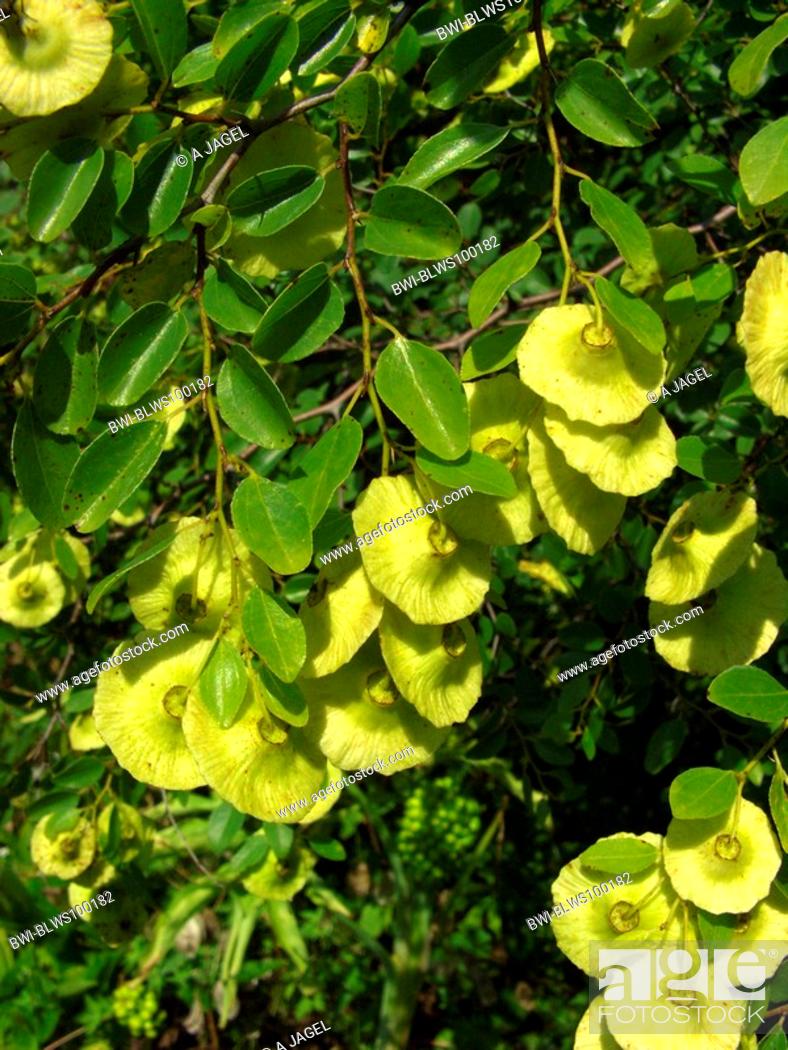Scientists have known about the Alum Bluff fossil site for 100 years, but a recent study looked at 475 plant macrofossils and identified 46 species. The site is located along the Apalachicola river where currents have eroded away sediment, revealing strata estimated to be between 13-16 million years old. The site was dated using mammalian index fossils found in the same geological formation. Index fossils are used for estimating ages when there are no rocks at a site that can be radiometrically dated, but certain fossil species are known from specific ages based on radiometric dating from other sites. Rhinos, 3-toed horses, and 4-tusked mastodons roamed the earth during the time these leaves, fruits, and seeds were deposited and preserved. There are only 9 Miocene-aged fossils sites in North America containing plant remains. In addition to Alum Bluff other Miocene plant macrofossil sites are found in Tennessee, Maryland, Delaware, Virginia, Mississippi, and Louisiana.

Alum Bluff alongside the Apalachicola River.
The most common plant macrofossils at Alum Bluff are species of palm, hickory, and elm. The authors of this study believe this site is just a random sample of the local flora as it existed then, and they don’t think it exactly matches the floral composition of the time. Pine was rarely represented, and surprisingly no oak was found at all. The species of elm they examined was new to science and extinct, though it may be ancestral to modern species of elm. Other interesting species included sequoia, ephedra, Jerusalem thorn, elderberry, magnolia, cypress, beech, sweetgum, willow, grape, and sedge. Sequoia no longer occurs in Florida, and Jerusalem thorn no longer ranges into North America, though it is still found in Eurasia. The presence of ephedra suggests an arid sandy habitat within a moist forest. There are also plant fossils that compare favorably in appearance to sycamore and mulberry but weren’t conclusively identified. 7 species just could not be identified.

Jerusalem thorn. Found throughout Eurasia it became extinct in North America millions of years ago.
Based on the species of plants present, the authors of this paper estimate it was a subtropical climate with an average annual temperature of 66 degrees F and average annual precipitation of 43 inches. Modern day Tallahassee enjoys an average annual temperature of 67 degrees F and average annual precipitation of 59 inches. Miocene Florida experienced similar temperatures as modern Florida but was noticeably drier.
Reference:
Lott, Terry; S. Manchester and S. Corbett
“The Miocene Flora of Alum Bluff, Liberty County, Florida”
Acta Paleobotanica June 2019
https://content.sciendo.com/view/journals/acpa/59/1/article-p75.xml?tab_body=pdf
Tags: Alum Bluff plant macrofossils, Jerusalem thorn, new species of elm
Leave a comment